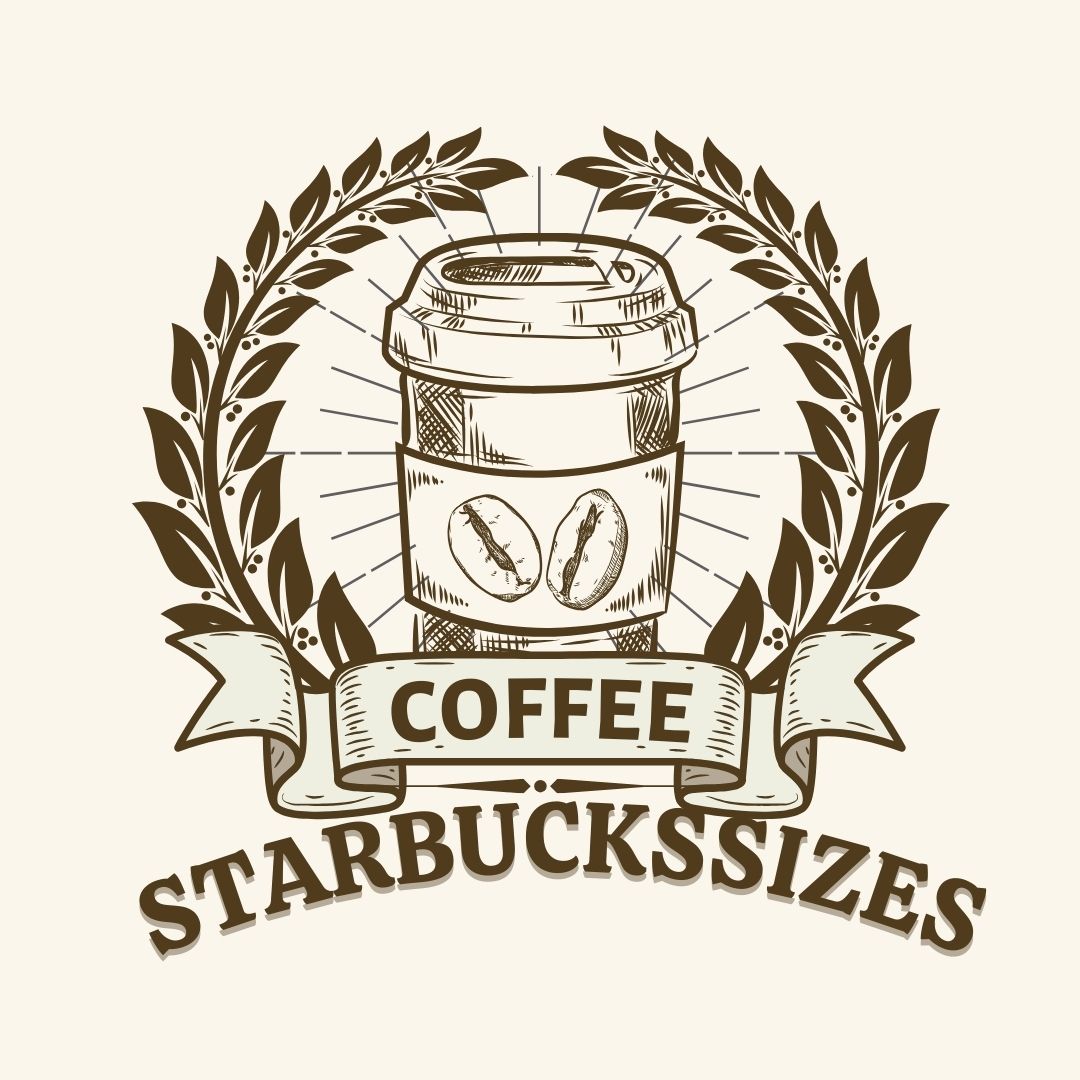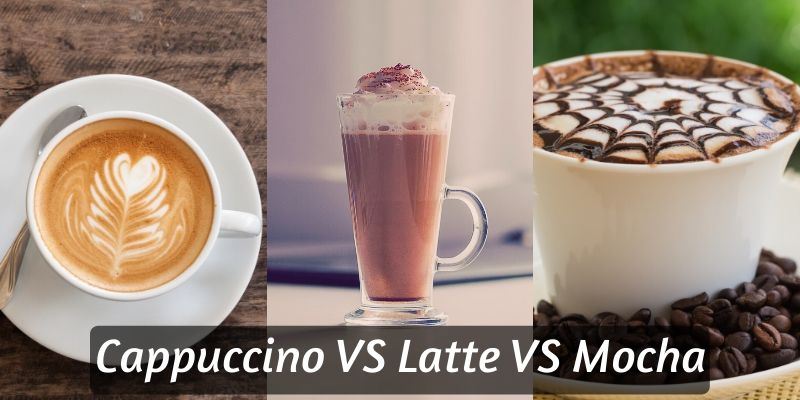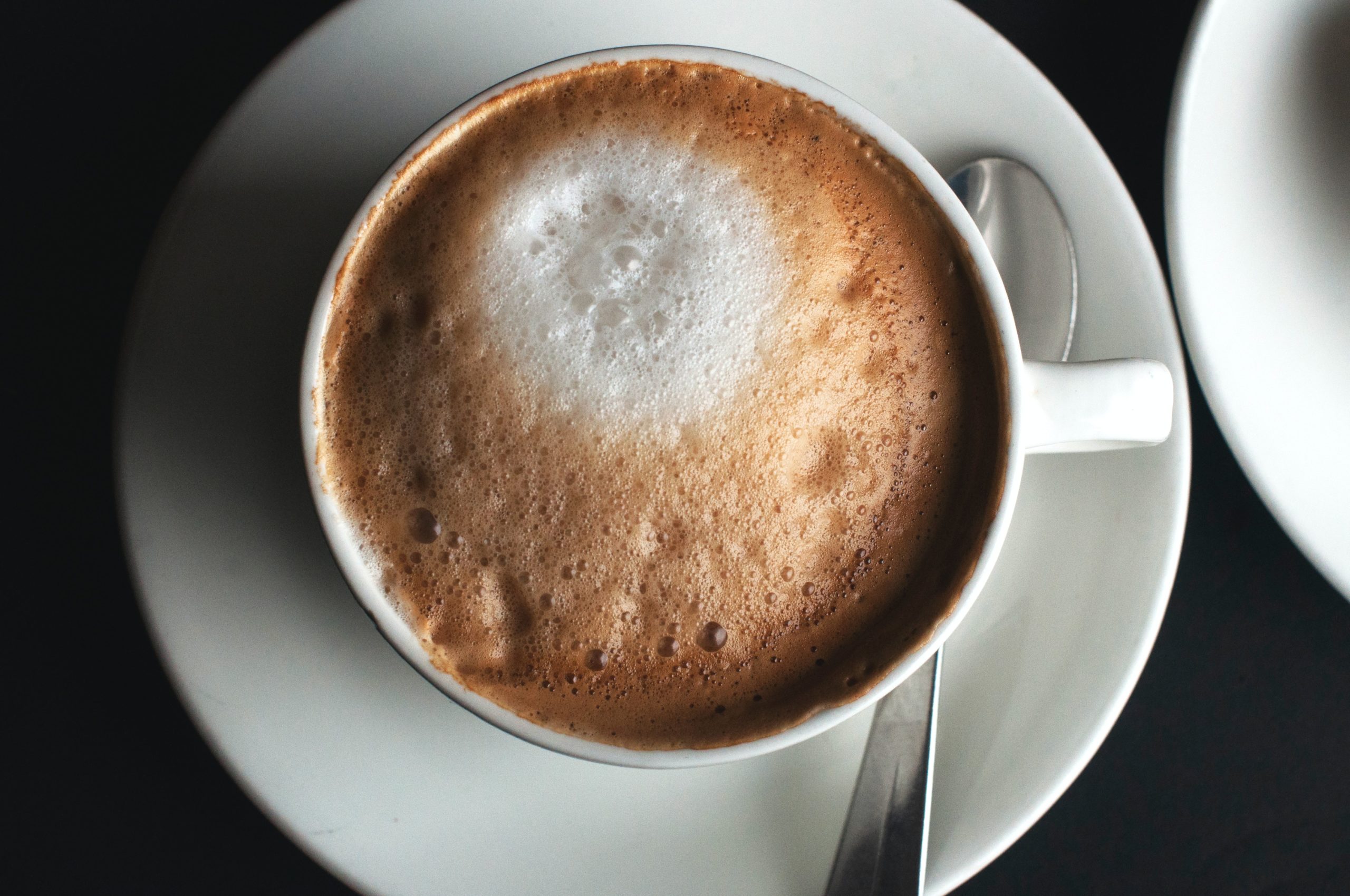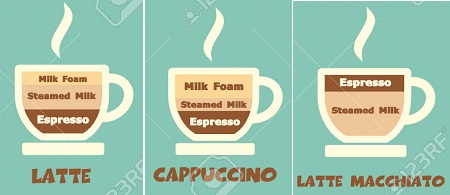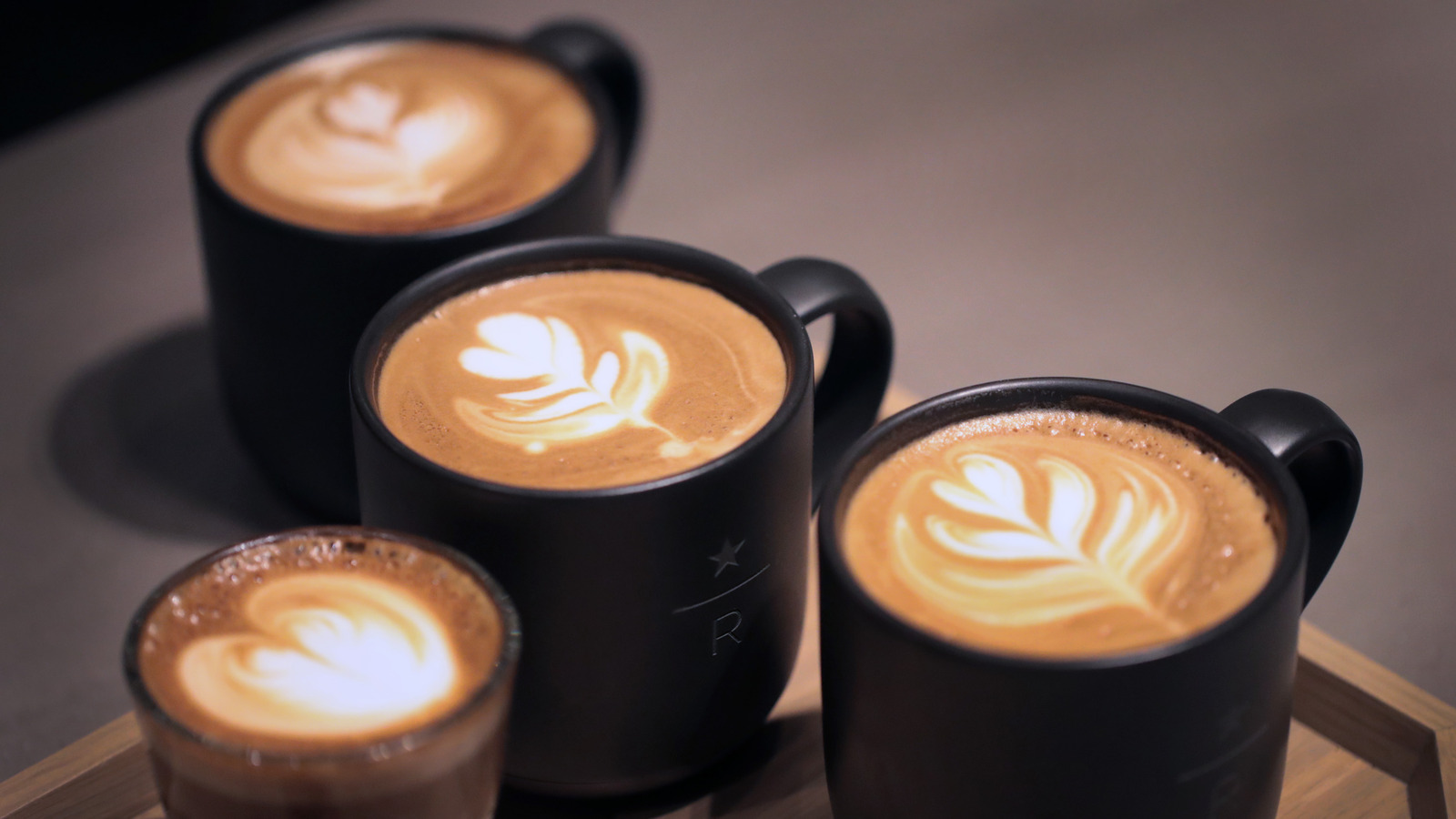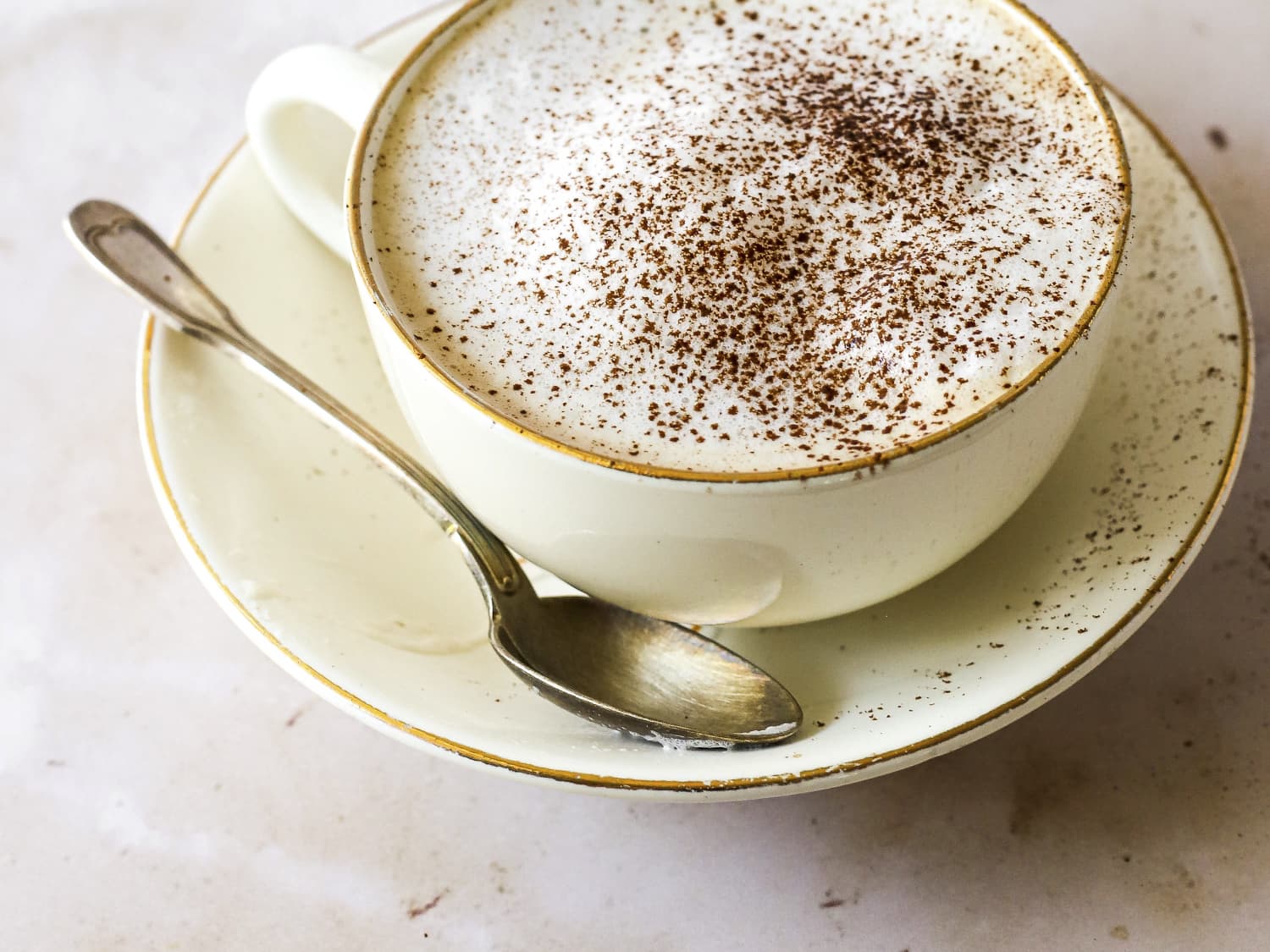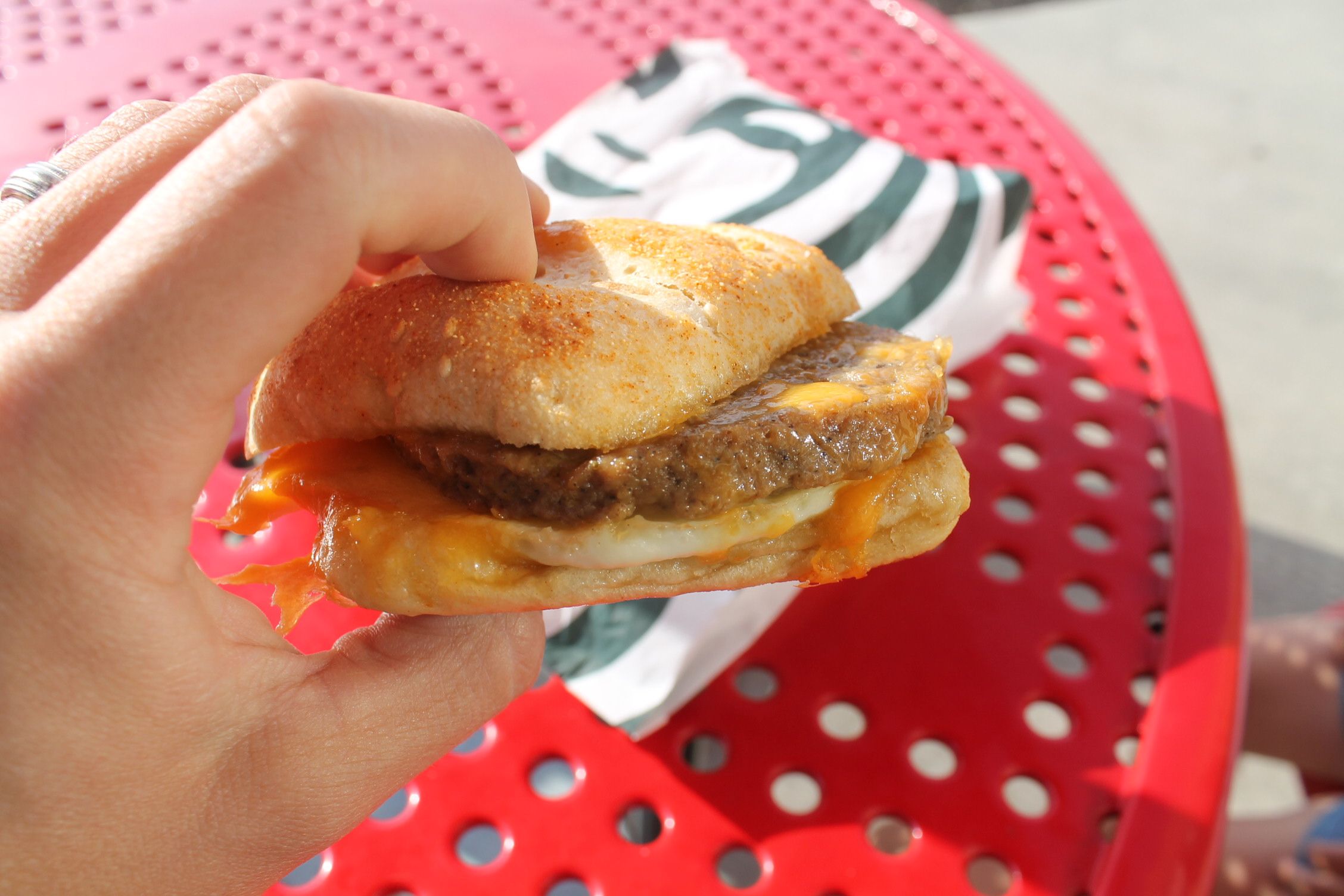For coffee connoisseurs looking to master the intricacies of espresso-based drinks, this comprehensive guide to espresso, latte, and mocha serves as an indispensable resource. We’ll thoroughly explore the origins, ingredients, preparation methods, flavor profiles, and nutrition facts of these three quintessential coffee beverages.
Expert tips and tasting notes throughout will help you become a true coffee aficionado. Whether you want to refine your barista techniques, find a new favorite espresso drink, or simply enrich your coffee knowledge, you’ll find invaluable insights within this guide. So grab your favorite mug and join us as we unlock the nuances of three coffee classics – espresso, latte, and mocha.
A Strong Foundation – All About Espresso
The Origins of Espresso
The rise of espresso also coincided with the establishment of coffeehouses and espresso bars, notably in cities like Milan and Rome. Espresso culture then expanded abroad, firmly solidifying itself as a beloved drink worldwide. Fun fact – the term “espresso” means “pressed out” in Italian, referring to the brewing process.
Espresso has its roots in Italy, where the first espresso machines were developed in the early 20th century. Coffee lovers were seeking a faster and more efficient way to enjoy rich, bold coffee.

The first patented espresso machine was designed by Angelo Moriondo of Turin, Italy in 1884. Further innovations were made in the early 1900s to the espresso brewing process, including a pump to facilitate brewing under pressure. This allowed espresso to be produced with more complexity and a signature crema.
Espresso Beans and Roasting
To make quality espresso, the right coffee beans and proper roasting are key. Medium to dark-roasted coffee beans are typically used to prepare espresso. Light roasted beans can lack the intensity and body that espresso requires. Darker roasting helps develop the robust, complex flavors and oils that give espresso its signature taste.
Once roasted, the beans must be ground immediately before brewing to preserve flavor and aroma. Use coffee beans roasted within the past 2 weeks for optimal freshness. Seek out specialty coffee roasters that carefully source and roast beans to highlight nuances from origin.
Grinding Beans for Espresso
The grind size for espresso is incredibly fine, similar to powdered sugar. This extra fine consistency allows the hot water to properly extract oils and soluble compounds from the coffee during brewing. Generally, a particle size of .2mm or less is ideal. Investing in a high-quality burr grinder designed for espresso grinding will give the optimal particulate size.
Brewing Parameters for Great Espresso
Dialing in the proper brewing parameters is crucial for pulling flavorful espresso shots:
- Water temperature of 195-205°F
- Fine grind size – .2mm or less
- Tightly packed coffee dose – 7-8g
- Fast extraction time – 25-30 seconds
- High pressure – 9-10 bars or 130-140 psi
Espresso machines use pressure in the range of 130-140 psi to force hot water through finely ground, compacted coffee. Commercial-grade espresso machines generally create this pressure using electric pumps and/or pistons. There are also steam-driven espresso makers.
The total brewing time for an espresso shot is just 25-30 seconds. This quick extraction concentrates the roasted coffee flavors and aromas beautifully. Skillful baristas must balance the brewing parameters to coax the best from the beans.
Signs of Proper Extraction and Crema
A well-crafted espresso shot will exhibit a gorgeous caramel-colored crema on top. This foam is produced when hot water emulsifies the natural oils in the coffee. Having a nice 1/4 inch layer of crema is vital to a high-quality shot, both for visual appeal and flavor. The crema holds much of the aromatic compounds that make espresso so irresistible!
In addition to crema, the espresso itself should have a rich, dark brown color with no blonding. Improperly extracted shots will look watery and lack the essential sweet, oily liquid.
Flavor Profile of Espresso
In terms of flavor, espresso hits the palate with an intense, concentrated punch. The flavor will be complex, often with slightly bitter notes balanced by sweetness. Tasting notes detected can include dark chocolate, toasted nuts, brown spices, molasses, caramel, and stone fruit. There may even be hints of smoke or tobacco depending on the beans and roasting. Overall the profile will be bold and invigorating!
Popular Espresso Drinks
Espresso serves as the flavorful base for numerous quintessential coffeehouse staples like cappuccinos, lattes, macchiatos, and mochas. It can also be enjoyed straight up as shots or short black. Here are some classic espresso drinks to savor:
- Espresso Romano – Espresso served with a lemon wedge or twist to add brightness.
- Macchiato – Espresso with just a dollop of foamed milk on top. “Marked” with milk.
- Americano – Espresso shots diluted with hot water for a less intense version.
- Cortado – Espresso mixed with a small amount of warm milk to gently soften the edges.
- Red Eye – A cup of regular drip coffee with one or two shots of espresso added.
Take your espresso experience up a notch by ordering “ristretto” shots. Ristrettos use less water for a bolder, more concentrated espresso flavor.
Espresso Tips and Common Mistakes
Follow these tips for flawless espresso every time:
- Always use freshly roasted beans, ideally roasted within 14 days. Stale beans lack flavor and aroma.
- Grind beans immediately before brewing to maximize freshness.
- Adhere to proper water temperature and brew times. Overextracted espresso is bitter.
- Tamp grounds with 30 lbs of pressure for even saturation and extraction.
- Time shots from when brewing begins, not from pump activation.
- Clean equipment and backflush regularly to prevent buildup of rancid oils.
Some common mistakes are using beans roasted too long ago, not grinding finely enough, tamping unevenly, and pulling shots for too long. Monitor your technique to brew stellar espresso.
Espresso Nutrition Facts
In terms of nutrition, espresso is low in calories, fat, carbs, and sugar since it contains no milk, cream or sweeteners. A typical 1-1.5 oz shot contains just 3-5 calories. It provides antioxidants along with small amounts of potassium, magnesium and niacin. Overall, espresso can be enjoyed guilt-free! Those avoiding caffeine should stick to decaf shots.
Perfecting the Latte Art
A Well-Crafted Latte
This creamy coffeehouse favorite combines espresso with steamed milk and a light layer of foam. When properly prepared, the flavors and textures achieve perfect harmony.
The standard latte composition is:
- 1/3 Espresso
- 1/3 Steamed milk
- 1/3 Microfoam
Though the milk dilutes the espresso, you should still taste both elements distinctly.
Latte Variations
While traditional lattes are made with cow’s milk, non-dairy variations have become popular including:
- Soy latte – Made with soy milk for a creamy, nutty flavor.
- Almond milk latte – Substitute almond milk for a lighter, nuttier taste.
- Oat milk latte – Oat milk gives a smooth, subtly sweet flavor.
- Coconut milk latte – Coconut milk provides natural sweetness.
You can also order flavored lattes at coffee shops, featuring syrups like vanilla, caramel, hazelnut, and peppermint. Just go easy on the sweet sauces!
How to Make a Latte
Crafting a latte requires some skill, but follow these steps and you’ll be creating cafe-worthy lattes in no time:
- Brew your espresso using your favorite espresso machine. One shot is typically used for an 8 oz latte and two shots for larger or 16 oz.
- Steam and froth your milk to about 155-160°F using the steam wand on your machine. For optimal volume and texture, allow the milk to expand by 30%. Do not scald.
- Swirl the pitcher to blend the steamed milk and froth smoothly. It should have a creamy, glossy texture.
- Hold back the foam, and pour your steamed milk into the espresso. The foam will float to the top.
- Add a final layer of foam and then etch a latte design! Tulips and rosettas are customer favorites.
- Serve immediately and enjoy! Top with a dash of cinnamon for extra flair.
Latte Tips and Mistakes to Avoid
- Always start with fresh espresso using recently roasted beans for fullest flavor.
- Use whole milk or 2% milk for proper steaming and foam quality. Non-fat milk foams poorly.
- Heat milk to correct temperature – too hot and foam separates, too cold lacks volume.
- Swirl milk and tap pitcher to evenly blend milk and foam after steaming.
- Hold back foam when pouring into espresso shot to get layered effect.
- Pour slowly and steadily for best foam and latte art results.
Latte Nutrition Facts
A 12 oz latte prepared with 2% milk contains approximately:
- 75 mg caffeine (single shot)
- 120 calories
- 8 g fat
- 13 g carbs
- 10 g protein
To lighten your latte, request nonfat or low-fat milk, along with fewer pumps of any sugary syrups. Overall, lattes contain beneficial protein and calcium from the milk to balance the caloric impact.
Get Your Chocolate Fix With a Mocha
History of Mocha Coffee
Mocha gets its name from the port city of Mocha, Yemen which was a major marketplace for coffee exported from Arabia back in the 1600-1700s. The beans traded through the port of Mocha became known for their chocolatey profile with hints of caramel and spice.
While true Yemeni Mocha beans are rare today, they established the flavor profile that we associate with mocha coffee. Adding chocolate to coffee drinks helped enhance and amplify the beloved mocha flavor notes.
What’s in a Mocha Drink?
The contemporary mocha beverage combines coffee, chocolate, steamed milk, and often whipped cream or toppings. Here are the key ingredients that unite to create the indulgent mocha flavor:
- Espresso – Freshly pulled espresso provides a base layer of intense coffee flavor. Medium or dark roasts work best to stand up to the chocolate.
- Chocolate – Cocoa powder or chocolate syrup delivers rich chocolate taste and smooth sweetness. Opt for quality chocolate with cocoa percentages above 60%.
- Steamed milk – Steaming incorporates air to give the milk a lush, silky texture and sweet taste. Any type of dairy or plant-based milk may be used.
- Whipped cream – Freshly whipped cream contributes body and a crowning decadence.
- Toppings – Chocolate shavings, cocoa powder or spices add decorative flair.
How to Make the Perfect Mocha
- Brew 1-2 shots of fresh espresso directly into your cup or mug.
- Add chocolate sauce or melted chocolate to the espresso. Mix to allow the sauce to melt and incorporate fully.
- Steam your milk of choice on your espresso machine wand until hot and frothy. Avoid scalding.
- Pour the hot milk over the espresso and chocolate mixture. Leave about 1/2 inch room at the top for whipped cream.
- Top with freshly whipped cream and garnish with chocolate shavings or powder.
- For additional spice, a dash of cinnamon, nutmeg or cayenne can add warmth.
- Serve your mocha immediately and enjoy this chocolate-coffee treat!
Mocha Variations
Once you master the traditional mocha, get creative with fun flavor variations like:
- White chocolate mocha – Uses sweetened white chocolate sauce.
- Peppermint mocha – Peppermint and chocolate are a classic holiday pairing.
- Caramel mocha – For an extra layer of sweetness and warmth.
- Vanilla mocha – Vanilla enhances the chocolate notes.
- Pumpkin spice mocha – Pumpkin pie spices like cinnamon, nutmeg and cloves add seasonal flair.
Mocha Do’s and Don’ts
Follow these tips for mocha success:
DO use good quality chocolate with a high cocoa percentage.
DO add the chocolate to the espresso while piping hot so it fully melts and emulsifies.
DO use freshly steamed and frothed milk with a creamy, smooth texture.
DO top with lightly sweetened whipped cream – not canned whipped topping.
DON’T overheat the milk causing it to curdle and separate.
DON’T add chocolate sauce after steaming the milk. It won’t incorporate properly.
Mocha Nutrition Facts
Mochas contain antioxidants from coffee and some protein and calcium from the milk used. However, the addition of chocolate sauce and whipped cream significantly increases the fat, sugar and calorie content compared to straight espresso drinks.
A medium 12 oz mocha with 2% milk has approximately:
- 180 calories
- 9 g fat
- 24 g sugar
- 4 g protein
To lighten it up, use nonfat milk, limit whipped cream, and opt for dark chocolate with at least 70% cocoa solids. But mochas are meant to be treats! Enjoy in moderation.
Espresso, Latte or Mocha – Which Will Be Your New Go-To?
Now that we’ve covered the origins, ingredients, preparation tips, and flavor profiles of these three coffee favorites, let’s directly compare them.
Caffeine Content
- Espresso – Highest caffeine at about 75mg per shot
- Latte – Typically contains one shot, so 75mg per 8oz latte
- Mocha – Also usually made with one shot for 75mg per 8oz serving
Calorie and Fat Content
- Espresso – Least calories and fat at just 3-5 calories per shot
- Latte – Higher calories and fat from the steamed milk, about 120 calories and 8g fat for a medium latte with 2% milk
- Mocha – Highest calorie count at 180 calories and 9g fat due to the chocolate and whipped cream
Flavor Profile
- Espresso – Bold, intense, layered flavor with slight bitterness
- Latte – Milder and softly sweet due to the milk smoothing out the espresso
- Mocha – Rich chocolate notes upfront with coffee on the finish and added sweetness
Popularity
- Espresso – Most popular in Mediterranean coffee cultures like Italy and France
- Latte – Beloved worldwide, especially throughout North America
- Mocha – Also widely popular across Europe and the Americas
When it comes to your perfect cup, espresso offers intensity, lattes offer balance, and mochas offer indulgence. Prepare them with quality ingredients to highlight the nuances of each. Savor an authentic espresso in Rome, cozy up to a latte in Vancouver or get your chocolate fix with a mocha in Chicago. There’s a whole world of coffee flavors to explore one sip at a time.
